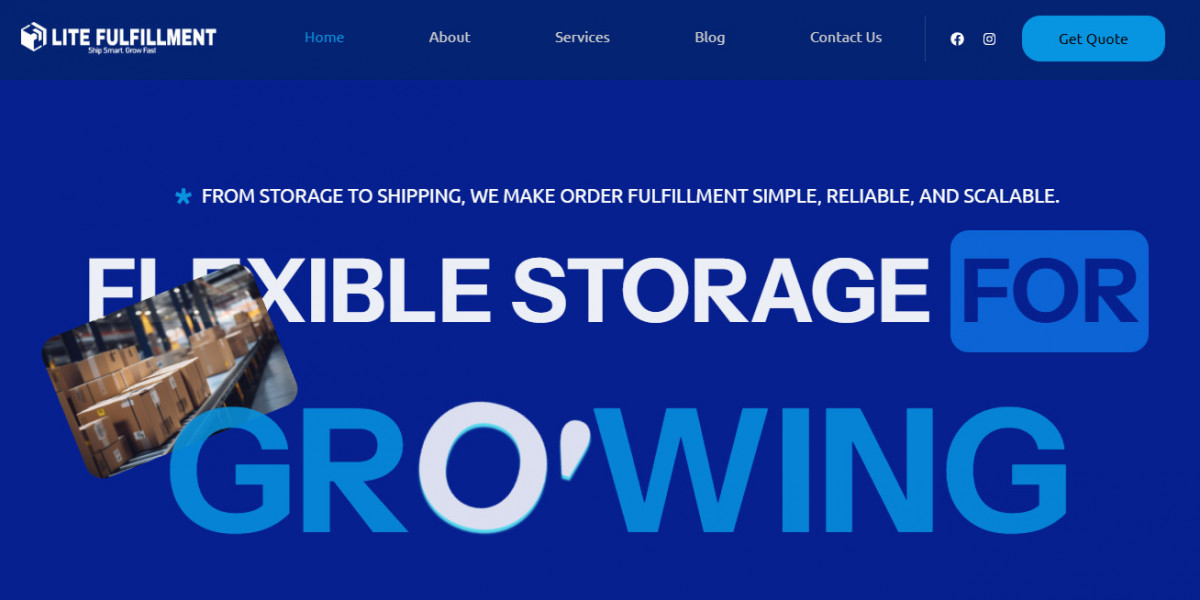At its core, inventory tracking involves the systematic recording and monitoring of products as they enter, move within, and leave your storage facilities. Each product is assigned a unique identifier, often in the form of a SKU (Stock Keeping Unit) or barcode, which allows businesses to trace its journey through the supply chain. This tracking creates a digital footprint of each product, giving managers insight into stock levels, turnover rates, and product lifespan. Such information is invaluable when planning for replenishment, reducing excess inventory, or predicting future demand trends.
The methodology of inventory tracking has evolved with technology. While traditional manual methods relied on pen, paper, and spreadsheets, modern businesses benefit from advanced software solutions that offer real-time updates and automated reporting. Barcode scanners, RFID tags, and integrated software platforms enable instant verification of stock levels, reducing human error and increasing operational accuracy. By leveraging these technologies, businesses can maintain a continuous overview of inventory, ensuring that nothing goes unaccounted for and every product is optimally managed.
One critical aspect of inventory tracking is its role in demand forecasting. By analyzing historical data, businesses can predict which products are in higher demand during specific seasons, identify slow-moving items, and optimize their procurement schedules. This foresight minimizes stockouts that could disrupt sales while avoiding overstock situations that tie up capital unnecessarily. Accurate tracking ensures that businesses can respond quickly to market changes and customer preferences, maintaining both efficiency and profitability.
Inventory tracking also plays a pivotal role in supply chain transparency. By keeping meticulous records of each product’s journey from supplier to warehouse to end customer, businesses can trace any discrepancies, manage returns efficiently, and uphold quality control standards. This traceability strengthens vendor relationships, supports regulatory compliance, and enhances customer trust. Businesses can confidently provide accurate information about product availability, shipping timelines, and delivery expectations, which are crucial for maintaining a competitive edge.
In addition, inventory tracking influences financial management. Accurate records directly affect accounting, budgeting, and reporting processes. Knowing exactly what inventory is on hand allows businesses to evaluate their assets correctly, calculate cost of goods sold, and determine profitability with greater accuracy. Mismanaged inventory can lead to inflated carrying costs, missed revenue opportunities, or unexpected shortages. With consistent and precise tracking, businesses have a clear financial picture and can make data-driven decisions about growth, investment, and resource allocation.
For businesses with multiple locations or online operations, inventory tracking becomes even more critical. Centralized tracking systems enable a unified view of stock across different warehouses, stores, or fulfillment centers. This connectivity ensures that inventory is optimally allocated, reducing redundant stock, avoiding delays in delivery, and improving overall operational efficiency. Customers benefit from accurate stock information and faster fulfillment, which translates to better service and loyalty.
Effective inventory tracking also encourages sustainability and waste reduction. By monitoring product lifecycles, businesses can identify items nearing expiration or obsolescence and take proactive steps to minimize waste. This proactive approach supports environmental responsibility while preserving resources and costs. Additionally, tracking can reveal inefficiencies in storage, handling, or movement of products, offering opportunities to streamline operations and enhance sustainability initiatives.
Businesses that adopt comprehensive inventory tracking systems often notice improved decision-making at every level of operations. Managers have access to detailed analytics, including turnover rates, stock velocity, and demand trends, which guide purchasing decisions, promotional strategies, and operational planning. With timely insights, businesses can react to changes in the market, align inventory with customer needs, and optimize processes for maximum efficiency.
The scalability of inventory tracking solutions is another vital consideration. Whether a business is just starting or expanding globally, tracking systems can adapt to growing product lines, additional locations, or increased order volumes. Flexible systems accommodate the changing needs of a business while maintaining accuracy and consistency. This adaptability ensures that inventory management remains reliable and effective, even as operational complexity increases.
Finally, the human element in inventory tracking cannot be overlooked. Training staff to understand the importance of accurate record-keeping, proper scanning techniques, and adherence to inventory protocols is essential. Human diligence, combined with technological support, creates a system where errors are minimized, efficiency is maximized, and accountability is maintained. Employee engagement in inventory management fosters a culture of precision and responsibility that positively impacts the entire organization.
Final Thoughts
Inventory tracking is far more than a logistical necessity—it is a strategic asset that touches every aspect of a business. From operational efficiency and supply chain transparency to financial accuracy and customer satisfaction, effective inventory tracking enables businesses to operate with confidence, agility, and foresight. By committing to meticulous tracking, leveraging technology, and fostering a culture of accountability, businesses can transform inventory management from a routine task into a cornerstone of sustainable growth and long-term success.







